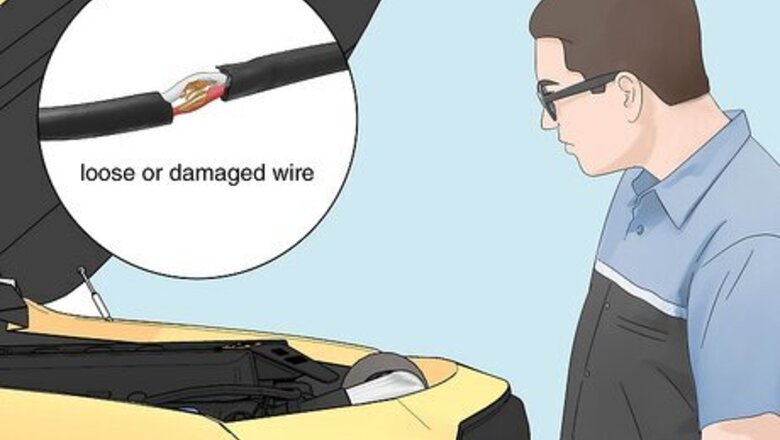
views
Causes of an Intermittent Check Engine Light
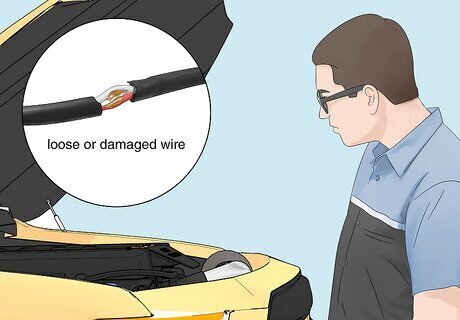
Loose or damaged wire Intermittent dashboard warning lights are often a consequence of a wiring problem. A loose, damaged, or shorted wire can trick your vehicle’s sensors into thinking something is wrong—even if there’s no underlying problem. However, you could also have a serious engine issue and the wire is just tricking your engine into thinking something isn’t wrong, so it still needs to be addressed. Why would the light go away? A wire that’s shorting periodically or occasionally slips out of circuit will cause the indicator to go away or appear seemingly at random. Other Symptoms: Potentially, none. If the wire in question is connected to a failing engine component, you’ll have a variety of problems specific to that issue, though. The Solution: See a mechanic to have the wiring tested, scanned, and repaired as needed. They’ll also be able to fix any underlying issues. The Cost: It depends on where the wire is and whether something is happening beneath the surface beyond the problematic wire.
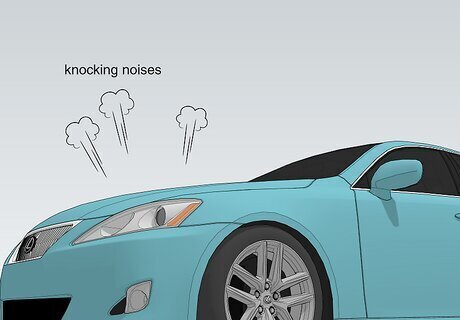
Engine misfire A misfire occurs when there’s an issue with the combination of spark, fuel, and air that creates combustion in your engine. If a spark plug has died, an engine cylinder is damaged, the vacuum leaks, or your fuel injectors are clogged, it can cause a misfire. If that misfire is persistent and it may potentially damage your engine, the check engine light will flash. Why would the light go away? Misfires can “smooth out” and go away or temporarily fall into the right engine rhythm accidentally. The light might go away when this happens. Other Symptoms: Engine knocking noises, trouble accelerating, poor mileage, and a vibrating vehicle. The Solution: See a mechanic to have your engine tested and diagnosed. The mechanic will be able to fix the underlying problem. The Cost: It depends on what’s causing the problem. For something as minor as a bad spark plug, it may only be $100-200. For damaged cylinders, the engine may need repairs costing up to $4,000.
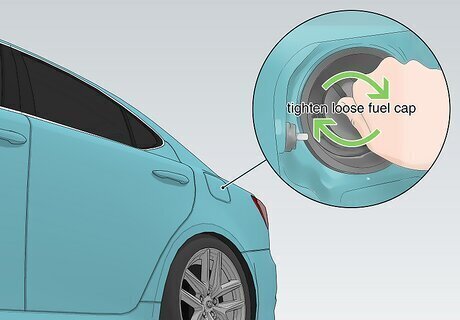
Loose fuel cap A loose fuel cap will allow air to enter your fuel tank. If that excess air makes it all the way to the engine, it can make it difficult for the spark plugs to ignite the fuel efficiently. This can trick your vehicle’s central computer into detecting engine errors that cause the check engine light to start flashing. Why would the light go away? If the amount of air flowing into engine is inconsistent, your engine might periodically get gas with no air in it. Other Symptoms: None, normally. If it’s a lot of air, you may get the occasional engine misfire. The Solution: Remove your fuel cap and then re-tighten it. If that doesn’t solve the problem, replace your fuel cap. The Cost: A new fuel cap shouldn’t run more than $10-30 depending on the vehicle model.
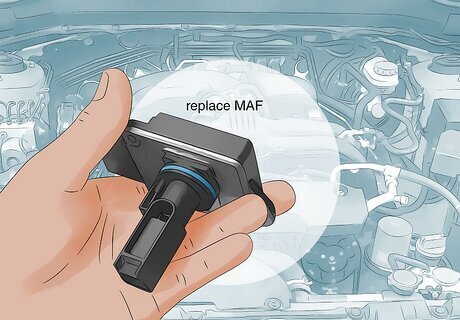
Faulty airflow sensor The mass airflow sensor (MAF) measures the amount of oxygen that flows to your engine to ensure the air-to-fuel ratio in the engine is correct. If the mass airflow sensor fails, your vehicle will detect an error and turn the check engine light on. If there’s a serious risk to the health of your engine, the indicator will flash. Why would the light go away? The MAF has a chip in it. If that chip only stops communicating with the ECM (the engine’s computer) occasionally, the light may be intermittent. Other Symptoms: The engine stalls, hesitates, drags, or jerks. The Solution: The MAF may need to be cleaned or replaced if it’s failing. Alternatively, the fuse for the MAF may just need to be swapped out. The Cost: If it needs to be replaced, expect to spend around $450 at the mechanic. If it only needs to be cleaned or the fuse needs to be replaced, it’ll likely be $100-200.
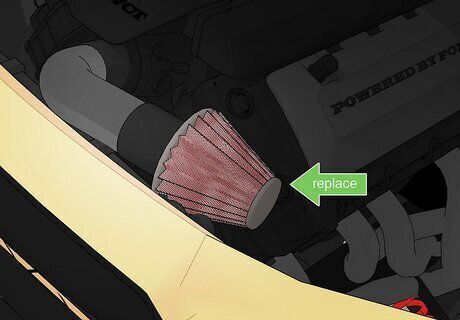
Damaged air intake valve The air valve allows your vehicle to intake fresh air as you drive. This air is fed into your engine to help aid along the air-fuel-spark combination. If the valve that lets the air in is stuck or damaged, it can lead to an inconsistent air flow to your engine and trigger the flashing light. Why would the light go away? It’s possible enough air is getting into your engine at certain speeds that the engine runs optimally for certain lengths of time. Other Symptoms: Rough idling, abnormal idle speed, and stalling. You may also notice the AC in your vehicle isn’t working. The Solution: See a mechanic to have the valve repaired or fixed. The Cost: Expect to spend $100-200 on this.
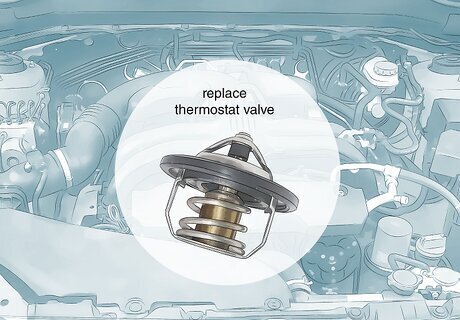
Failed thermostat valve The thermostat valve is designed to regulate the flow of coolant in your vehicle. If the thermostat valve fails, your engine may begin to overheat while you drive. This can trigger the check engine light and cause it to flash. Why would the light go away? The light likely won’t come on until the engine gets extremely hot. Other Symptoms: Your vehicle overheats. You may notice hot air coming out of your vents, too. The Solution: The sensor has to be replaced, so ask a mechanic to help you out. The Cost: Around $150.
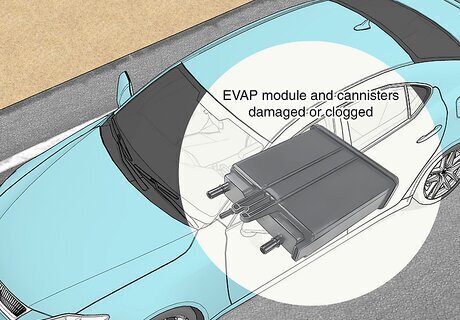
Evaporative emissions control (EVAP) errors The EVAP system is a series of modules and canisters that collect unburned hydrocarbons, dirty air, and toxic emissions produced by your car and redirect them back to your engine to be burned off. If the EVAP system is damaged, buggy, or clogged, your vehicle’s check engine light will start flashing to signal a serious emissions problem. Why would the light go away? You’d likely notice the light goes away when you first start your car. It’s probable the light only comes on when the emissions build up to a certain level. Other Symptoms: Strange odors, vibrations coming from the engine bay, or smoke coming out of the back of your vehicle. The Solution: See a mechanic. The EVAP system handles toxic fumes and chemicals, so let a pro work on this one. The Cost: Around $400-600.
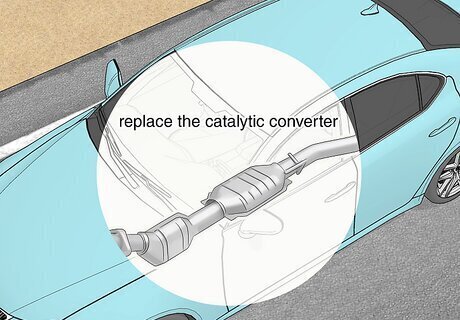
Bad catalytic converter The catalytic converter is a canister underneath your vehicle that absorbs toxic fumes from your EVAP system that can’t be burned off. If the converter is stolen, leaking, or clogged, your vehicle will detect the noxious fumes and assume something is seriously wrong. This can trigger the flashing light. Why would the light go away? In most cases, it wouldn’t. However, if the converter is only partially clogged, enough emissions may escape to make the light go off. Other Symptoms: Rotten egg odors, poor engine performance, dark smoke coming from tailpipe, and extreme heat coming from your engine and under the vehicle. The Solution: You probably need a new catalytic converter. See your mechanic. The Cost: Unfortunately, catalytic converters are pricey. Expect to spend $1,500-3,500.
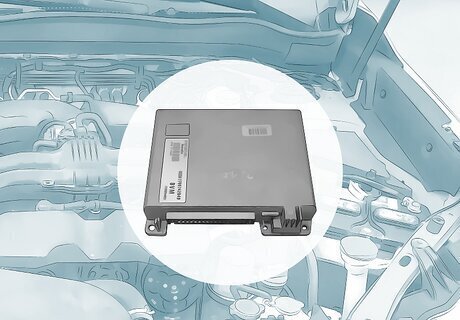
ECM malfunctions The engine control module (ECM) is sort of like the central computer in your vehicle. It monitors the engine and its related components to ensure that everything the driver does in the cabin is accurately reflected in the behavior of the engine and transmission. If the ECM has bugged out or gone bad, it will almost certainly cause a flashing check engine light. Why would the light go away? If the ECM is buggy but not totally bad, it may intermittently register accurate data. Other Symptoms: Your engine behaves strangely, the car struggles to start (or won’t start), you get poor fuel economy, and other errors pop on your dashboard. The Solution: The ECM likely needs to be replaced entirely. See a mechanic to have yours inspected and tested. The Cost: You may pay $800-1,500 depending on the complexity of your vehicle’s ECM.
Types of Check Engine Lights

Continuous A solid check engine light that doesn’t go away indicates that there’s a minor issue with your engine. You can continue driving for a short period of time, but you do need to eventually go see a mechanic to have the problem investigated and repaired.
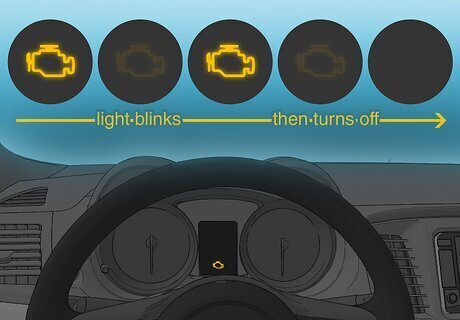
Intermittent If a check engine light blinks but turns off by itself after a while, it indicates that you have a serious problem that isn’t persistent. It could be an issue with your car’s wiring being cut, or it could be something more serious about the engine’s performance.
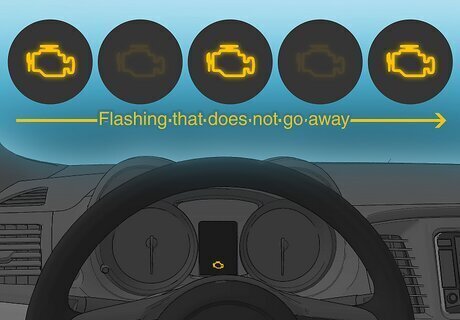
Flashing Flashing that does not go away is a serious problem. You must pull over and turn the vehicle off or you risk doing expensive and potentially permanent damage to your engine. The dash light is flashing because it’s your vehicle’s way of trying to get your attention. If you don’t stop driving, it could be the last time you drive your car.
Can you drive with a flashing check engine light?
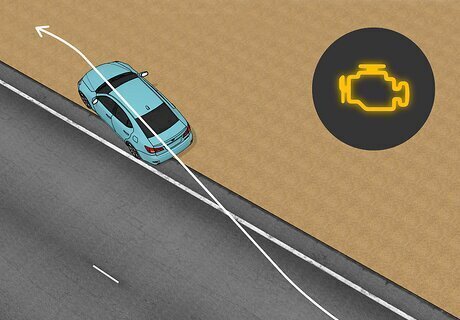
No, it’s dangerous and you could damage your vehicle. A flashing check engine light (intermittent or not) is a sign your vehicle could be a potential fire risk, or it could shut off randomly while you’re driving. Beyond that, even if you do get where you want to go, you may end up permanently damaging your engine on the way. The flashing is an indicator you’re risking damage to your engine which may result in costly repairs, so it's best not to drive the car. Even if it's something minor, like a loose gas cap, it’s best to pull over and investigate the problem now before something potentially bad happens.


















Comments
0 comment